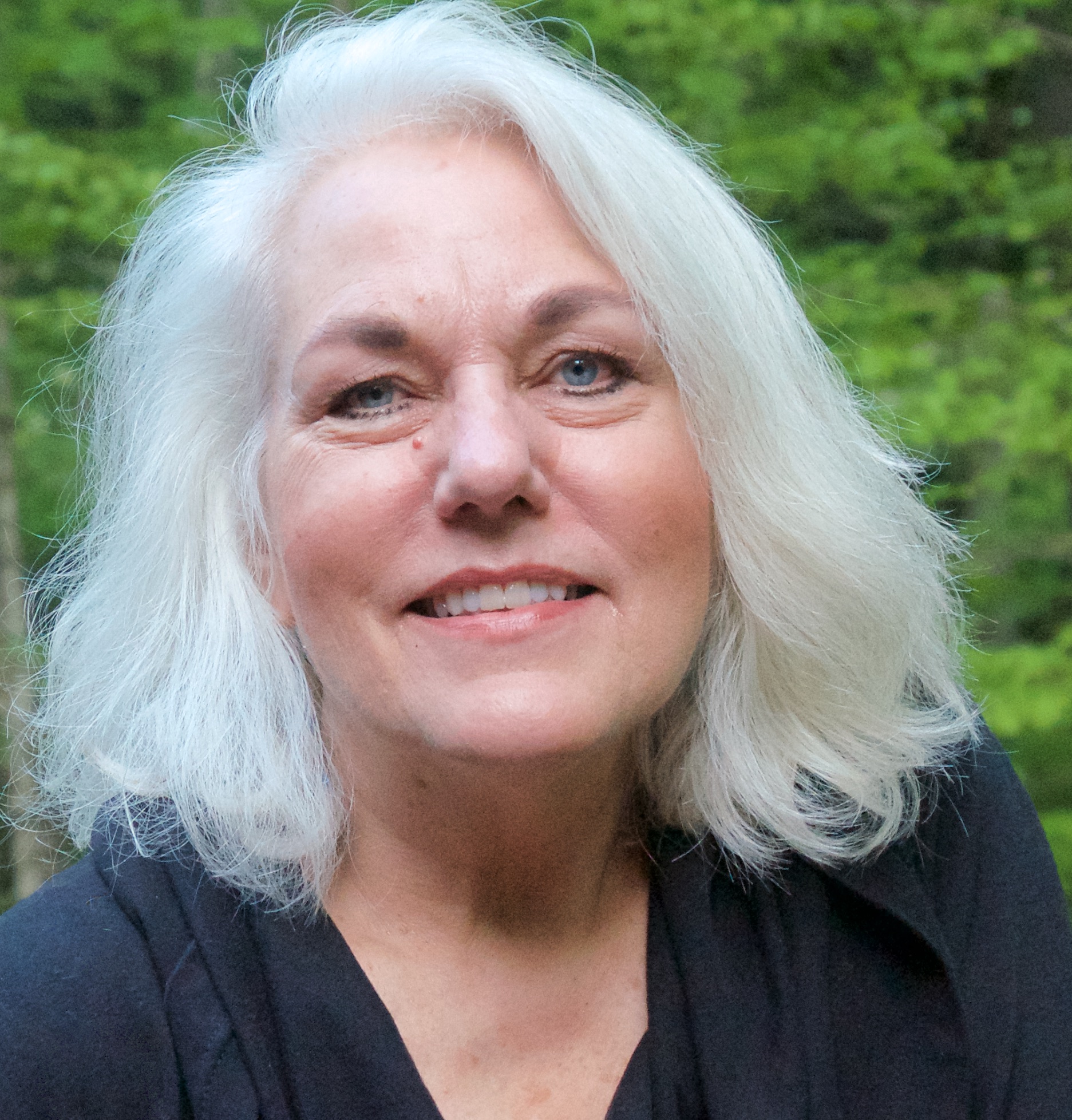
This column was originally published as an issue of Nieman Storyboard’s weekly newsletter. You can read back issues of the newsletter and subscribe here.
Thoughts this week turn to the creativity that is rising out of our collective restlessness, and what we can learn from it.
My daily tours through social media provide a patchwork narrative of these times — one that provides raw material for some fascinating research and books. Much of it is news, of course, and the fractured reactions it provokes. It’s where I pick up links to the late-night TV show riffs I might find worth watching without having to stay up until the wee hours. I come across wave upon wave of memes, from clever posters to visual scrapbooks of people waving from the isolation of their front porches to adventures in mask-making. (A young friend, who decamped from her work-life in London back to her native home in France to ride out shelter-in-place orders, shares her journey through crafting. She built a fairy village around a tree in their yard. She also managed to do a “through-and-through” of her finger on the sewing machine while sewing masks.)
My favorite distraction recently comes from Wisconsin comedian Charlie Berens, who has turned over his Manitowac Minute persona to a weekly public service announcement from “The Quarantine Kitchen.” Berens’s don’t-call-it-an-accent drops me right back to my upbringing in Eastern Wisconsin. I had a bit of a dust-up with a friend the other day about whether Manitowac Minute or the Coen brothers’ “Fargo” is a truer reflection of place and culture. My heart is planted in both Wisconsin and Minnesota, and my nod goes to Berens — although that may be because he has found a way to help me through my bouts of anxiety. That has nothing to do with his Bloody Mary recipe, but everything to do with his reminders to be a good citizen and neighbor.
A lot of people who are perhaps saner than I — or at least can exercise better self-discipline — have walked away from social media and the news. I understand and honor that decision. But it’s not for me. As a citizen, I want to know, know, know for myself what’s out there. As a journalist, I want to know how information is being shared, distorted or dismissed. As someone immersed in story work, I want to stay awake to the many ways our narratives are shaped — and shape us.
A simple magic trick shared by many of the best narrative writers is some version of the free write. Related magic comes from writing coach and author Chip Scanlan, who years ago introduced me to a counterintuitive truth: “Lower your standards.” And I’ve always been a believer in the hand-written letter, note or postcard, to reach a specific reader.
The best of social media sometimes demonstrates all that magic. Those posts on Facebook, Instagram, and even occasionally Twitter, are written without the numbing expectations of formal publication or editor reaction. People have the illusion of speaking just to a community of trusted friends. They are necessarily brief.
Yet they reveal a voice that hasn’t pretzeled itself to institutional approval. They often draw on the best techniques of effective writing: scene, character, detail and action.
Some of the best posts are being done as isolation diaries. The series format is not new on social media: Seven days of your favorite books; a photo a day for 100 days, puppy’s first year. But now I’m seeing more compelling narratives, set in place and personality. The best are built around a focus or theme.
Check out 10,000 Days by Dale Keiger. It started when he retired as editor of Johns Hopkins Magazine and committed himself to an “online record of 10,000 days of creative work (as a) writer, photographer, and walker living and working in Baltimore, Maryland and Washington, DC.”
Of late, his posts have naturally shifted to life in shelter. His Facebook posts are especially fun, as he manages to make mini-stories out of the creation of his evening cocktail concoction, or gripping as he chronicles life with his wife, who is a nurse on the front lines of the COVID-19 battle.
Garden-inspired meditations by Cathy de Moll are also worth diving into. She, like Keiger, has a gifted photo-eye. She wanders each day into her tiny courtyard in San Francisco, makes a close-up image of a blossom or leaf, and somehow connects that to some pretty profound musings about the worries and joys cracked open by the pandemic.
I’ve talked to both Keiger and de Moll about their posts. They fret, as writers do, about whether they are any “good.” But they keep doing them — which is always how the mechanic supports the muse. It is the dailiness of their writing — Keiger at 514 straight days, de Moll for 38 — that allows them to develop and build their creative muscles, and that stitches little moments into historic tapestries.
There is much other fine narrative work being done, in many forms and probably without intent, on social media. (That’s a big upside to being part of a community of folks who know how to tell a compelling true story, even when they’re not really trying.)
The point is, as always when you’re a reporter, to notice what’s right in front of us, and capture it. So if you find yourself restless, this may be the perfect time to dive in with your own daily free-writes, without worrying about much of anything but the story you are trying to tell in the moment.


